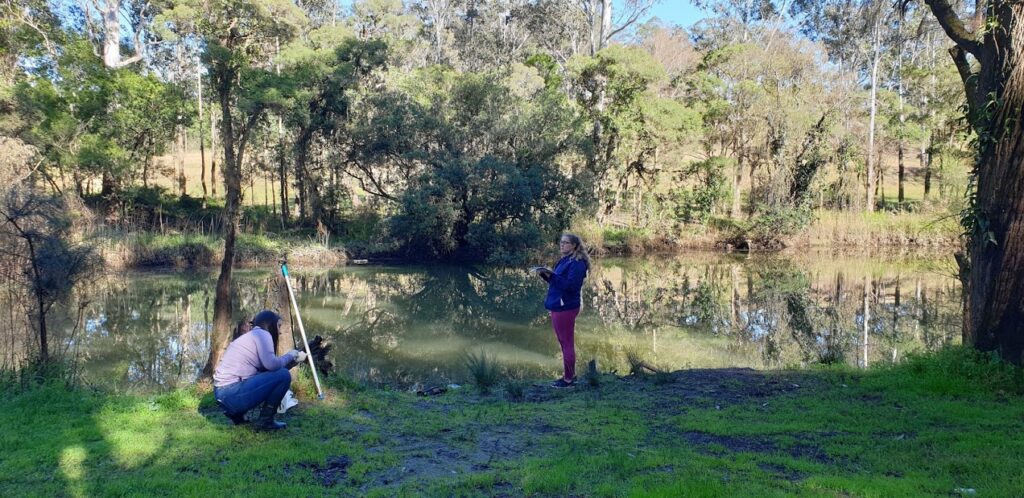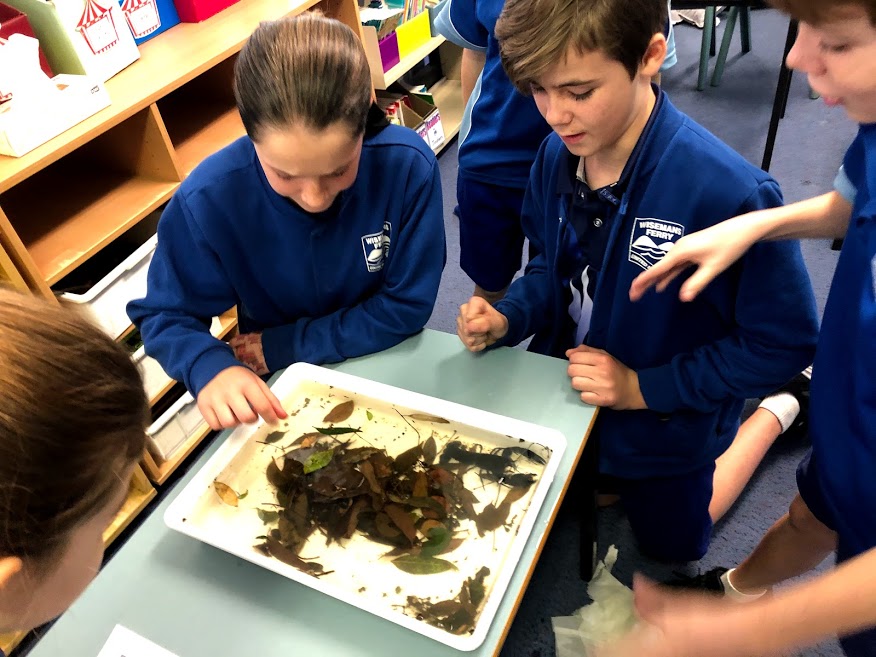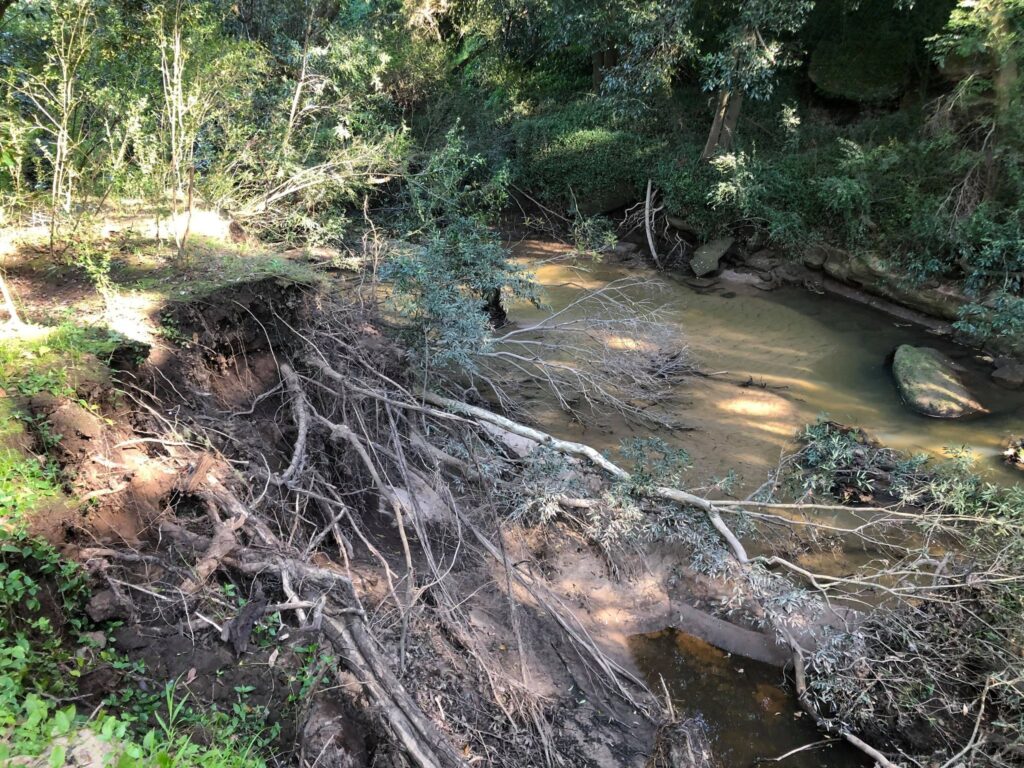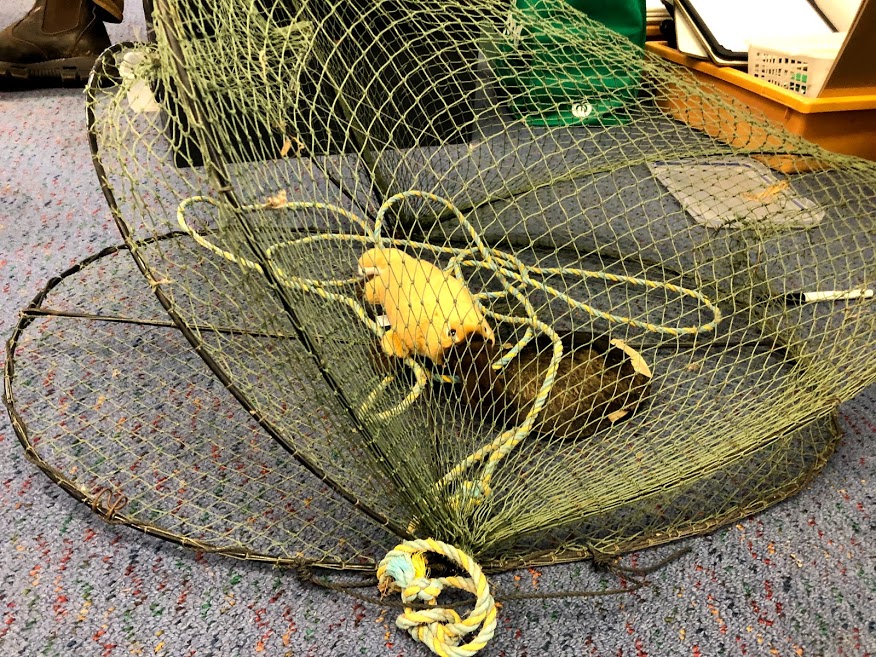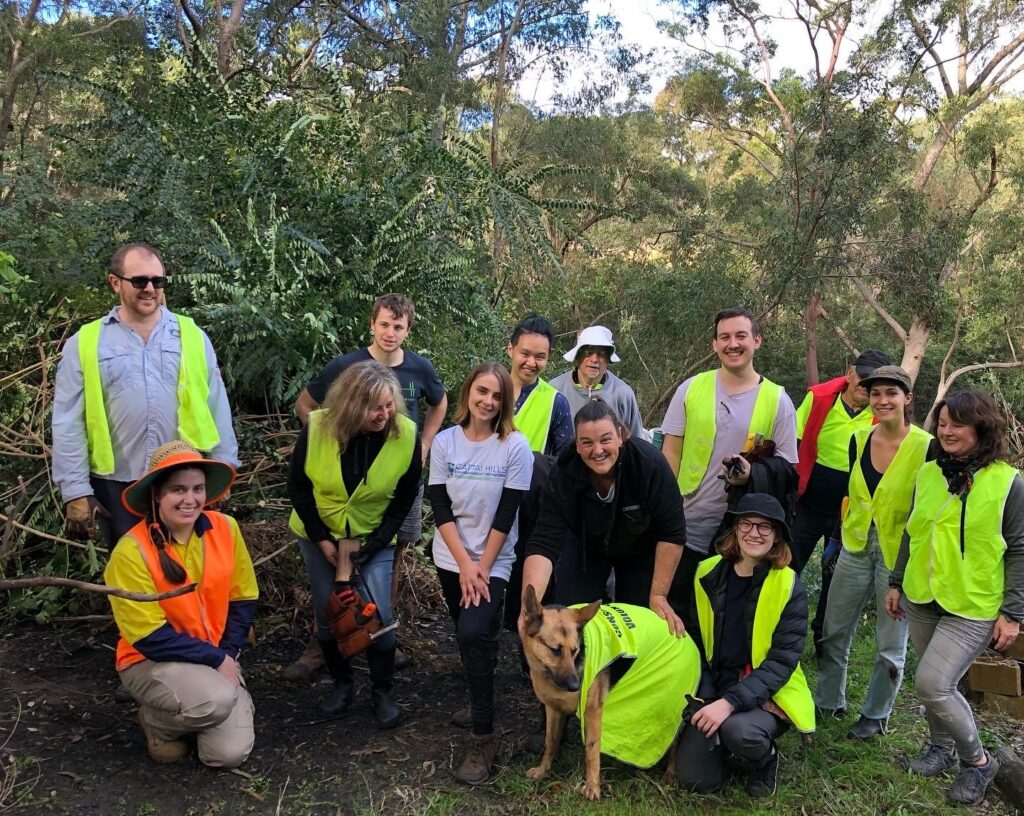This year, show your support for the environment and community by purchasing plants from your local Landcare or community group.
Each of our members works to collect, grow and sell local species that support local biodiversity. From grasses for lizards, shrubs for the fairy wrens and the gums for galah’s to perch on, they will be able to guide you on caring for your small patch of paddock and what and where to plant.
Trees in Newcastle (Redhead)
Trees In Newcastle are proud to provide advice on appropriate species selection to their community. The volunteers and staff are keen to share their knowledge and help you find the best plants for your project.
Find out more https://treesinnewcastle.org.au/
Community Environment Network Wildplant Nursery (Ourimbah)
CEN Community Nursery’s purpose is to promote and grow local provenance, native plants, to the public, to our members, and for use in their many projects.
CEN members are able to access local native plants to complement their gardens and provide a habitat for our local wildlife as well as sustaining the coasts ecology.
Members can take advantage of the nursery to grow natives from seeds collected from their properties which can then be replanted on their land for reforestation purposes and access the nursery to grow seeds collected from areas under their care to use in the revegetation of these areas.
Find out more – https://www.cen.org.au/nursery
Riverina Highlands Landcare Nursery (Tumut)
The Riverina Highlands Landcare Nursery provides locally grown native plants for Landcare and community projects and for sale to the general public.
The Nursery specialises in growing native plants to suit the region’s local climatic conditions. Over 60,000 plants are grown each year, including a range of trees, shrubs, groundcovers, sedges, grasses and climbers.
Find out more https://www.riverinahighlandslandcare.com.au/landcare-nursery/
Watershed Landcare Nursery (Mudgee)
Run by talented volunteers, Watershed Landcare grow a wide variety of local native grasses, forbs, shrubs and trees for all your planting needs!
Anyone can purchase via online store and see what is available, the physical nursery not open for browsing or drop ins. Watershed Landcare Members discount. If you’re looking for something specific or have a large order request you can liaise directly with the staff and they may be able to grow it for you.
https://watershedlandcare.com.au/nursery/#!form/2022AugustSales
The Habitat Network (Ryde)
The Habitat is run by volunteers for the community. Opening hours are between 10am and 4pm any Wednesday or Saturday the nursery sells local native habitat plants and some food plants and provide native plants to local bushcare sites and schools in small biodiverse lots to also help them create habitat havens.
Available to the public. Volunteer run
https://www.habitatnetwork.org/CommunityNursery.htm
Weddin Community Native Nursery (Grenfell)
Specialising in propagating plants of the Weddin Shire. Our plants are grown from locally collected seed, and raised at the nursery making them well adapted to growing conditions in Central West NSW.
The nursery staff can also provide advice on plant selection, planting location and care.
https://www.weddinnativenursery.com/
Tamworth Landcare Nursery (Tamworth)
Producing an array of over 100 plants for growing from region the plants are grown from locally collected and propagated seed and are a variety of native and local species.
You will find plants for the garden, the paddock and your regeneration project right here in Tamworth.
Tamworth Regional Landcare Association (TRLA) grow endemic (local) plants, in particular plants specific to local threatened ecological communities, to our region for group and project activities.
Tamworth Landcare Nursery hours are 8.30am to 1pm, located at 300 Wallamore Rd Tamworth – volunteers from 8.30am, Monday, Wednesday and Friday. For plant orders contact our Nursery Manager Paul Moxon at nursery@trla.org.au or on 0425 337 475.
Find out more https://www.trla.org.au/what-we-do/tamworth-landcare-nursery/
Yass Landcare Community Nursery
Yass Landcare Community Nursery is run solely by volunteers, the YAN Landcare Nursery offers selected plants from their Climate Ready list to the public via one or two plant sales each year. The list of plants can be found here .
The nursery is only open on working bee days which is the second Saturday and fourth Tuesday of each month from 9.30 to noon. Or by appointment by contacting Kath Mcguirk at kangiara@gmail.com.
The nursery offers a specialised service for large orders (over 50 plants) – but six months notice period is required for propagation purposes.
Tubestock is available for both large scale or residential gardens and vary according to seasonal conditions for species local to the region.
Landcare members can negotiate with Nursery volunteers to take advantage of nursery facilities to grow natives from local seed collected, which would then be replanted on their land for revegetation purposes or for environmental projects that the member is responsible for.
The Nursery welcomes and encourages new volunteers to assist in the sowing, growing and managing of their climate ready and cutting tubestock. Any new volunteer will learn a range of skills in relation to the growing and management of native plants if they attend one of the regular nursery working bees.
Image featured: Watershed Landcare
